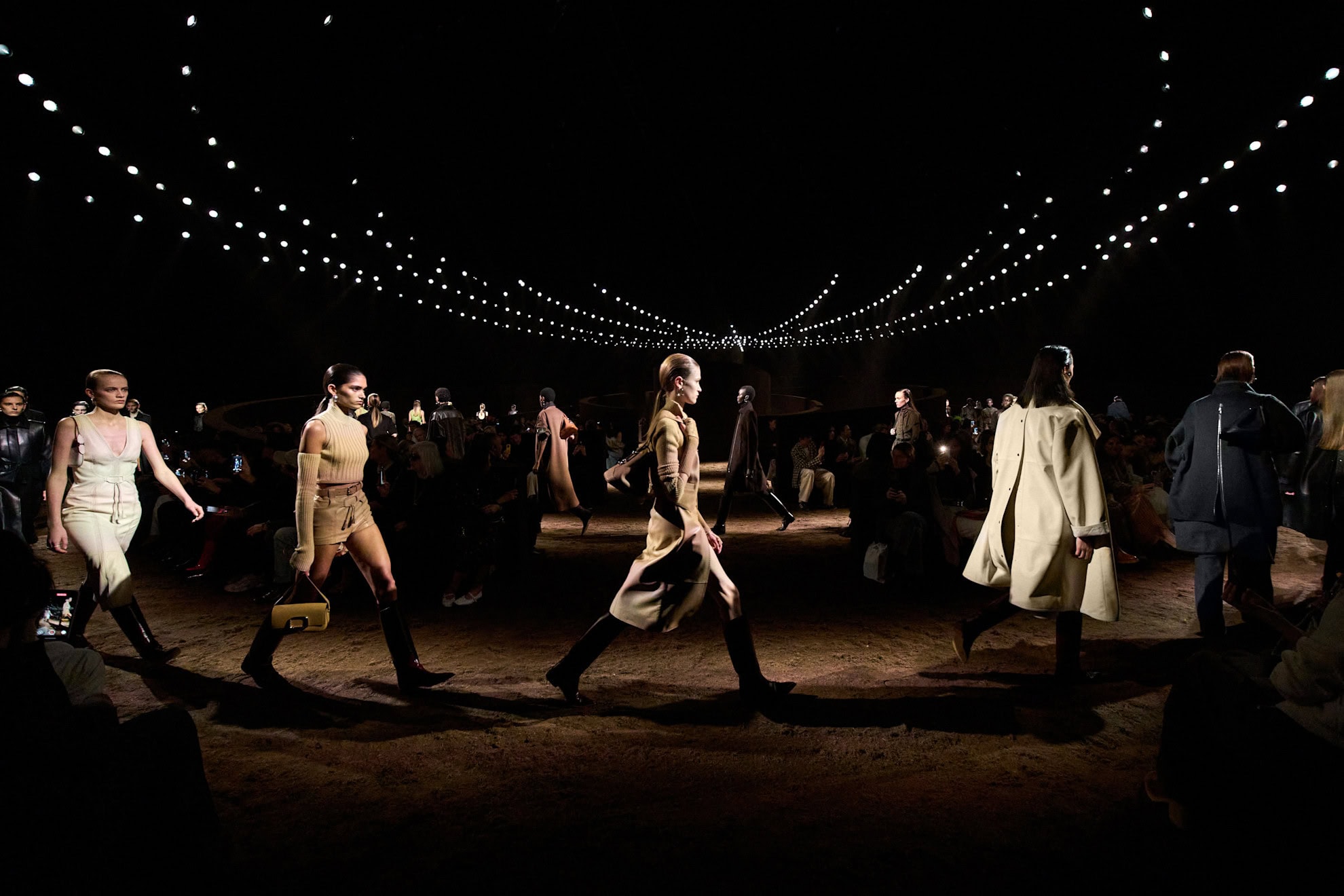Price hikes, production discipline, and steady U.S. demand buoy Hermès—even as investors question valuation at luxury’s peak performer.
Key Takeaways
- Hermès Q2 sales rose 9% to €3.9 billion, outperforming major rivals despite sector-wide slowdown.
- Leather goods led growth, while fashion and silk slowed; China sales rose 5.2% despite weak store traffic.
- Price increases helped offset U.S. tariffs, with an additional 5% hike implemented in May and no further increases planned this year.
- Operating income beat expectations, reaching €3.33 billion in H1 2025.
- Shares fell 4.7% post-earnings, as investors questioned whether Hermès’ valuation remains sustainable amid luxury’s broader pullback.
- Hermès maintains disciplined production, increasing output at a steady 6–7% annually to protect exclusivity and pricing power.
Hermès reported a 9% increase in second-quarter sales, reinforcing its status as a luxury outlier amid an industry-wide slowdown. The French house brought in €3.9 billion in revenue for the quarter ending June 30, in line with analyst expectations and powered largely by continued demand for its core leather goods.
Yet despite this solid top-line performance, shares in the company fell as much as 4.7% following the announcement, reflecting growing investor caution around valuation—even for the sector’s most insulated performer.
A Model of Restraint in an Uncertain Market
Hermès’ ability to maintain growth amid sector contraction owes much to its meticulously managed production strategy, keeping iconic products like the Birkin and Kelly in short supply. While peers including LVMH and Kering reported quarterly sales declines at Louis Vuitton and Gucci respectively, Hermès’ leather goods division accelerated its growth.
Executive Chairman Axel Dumas confirmed that the company raised U.S. prices an additional 5% this year to offset newly imposed 15% tariffs and does not currently anticipate further increases in 2025. Globally, Hermès implemented a 7% average price rise. The company remains focused on maintaining pricing power without overexposing itself to volatile markets. “These price rises should suffice,” Dumas told reporters.
While luxury demand in China remains fragile, Hermès grew sales in the Asia region—including China—by 5.2%, outperforming estimates and maintaining higher average transaction values despite lower traffic. The Americas also held firm, bolstered by strong demand for high-end leather goods, even as overall sector sentiment remains cautious.
Profitability and Premium Positioning
Hermès’ model—limited volume, high desirability, and direct retail—continues to yield results. The company’s recurring operating income rose to €3.33 billion in the first half of the year, beating estimates. Its focus on organic growth and tight supply-chain control helped sustain margins even as peers struggled with excess inventory and fluctuating consumer confidence.
Still, the company’s market performance has invited scrutiny. Hermès shares, which had risen modestly this year while rivals posted steep declines, lost ground on the news as analysts flagged the brand’s stretched valuation. Citigroup’s Thomas Chauvet noted the stock’s “premium looks stretched” given broader softness in luxury.
Maintaining Composure Ahead of Headwinds
Hermès’ strategy remains unchanged: gradual production increases of 6–7% annually, limited discounting, and an unhurried approach to expansion. In the U.S., the brand will pause further price adjustments while it evaluates the longer-term implications of tariffs.
Despite the external volatility, Dumas expressed long-term confidence in China, maintaining that the country’s structural potential for luxury remains intact. Meanwhile, Europe and the U.S. remain steady but price-sensitive, and Hermès is carefully calibrating its offer to preserve both volume and exclusivity.
As sector growth forecasts soften—Bain & Co. projects a 2–5% global contraction in 2025—Hermès appears better positioned than most to weather turbulence. But the brand’s own sky-high valuation may prove to be its greatest vulnerability in a market that is now rethinking what resilience is worth.
